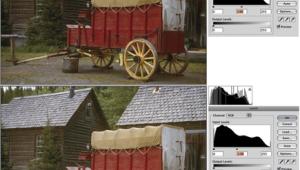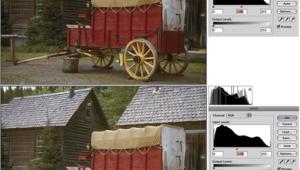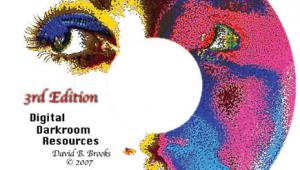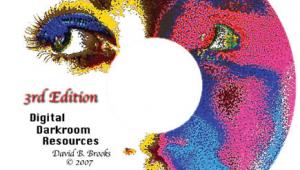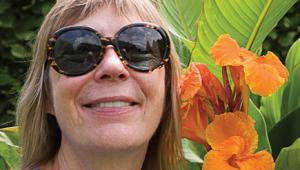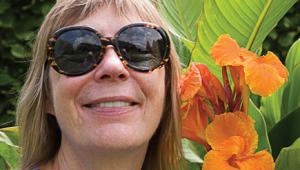Faster Photoshop, Free; Nine Tips To Speed Up Your Processing Time Page 2
6) Run Photoshop by itself
A simple measure to speed up Photoshop is to make sure that no other programs
are running at the same time. Seemingly simple utilities such as iTunes, Outlook,
and Word all chew up memory and processor resources that could be used to drive
Photoshop more efficiently. The golden rule is that if the program is not essential
for the editing task then close the software.
 |
|
|
7) Alter the tile size
When Photoshop processes a photo it splits the picture into smaller image sections
called tiles, and works on each in turn. By default the size of each of these
tiles is 132KB. You can increase the amount of memory used for the processing
of each tile by activating the Bigger Tiles plug-in.
To enable the Bigger Tiles plug-in: Close Photoshop and find the ~Bigger Tiles
plug-in file in the following directories:
Mac OS: Applications/Adobe Photoshop CS2/Plug-Ins/Adobe Photoshop
Only/Extensions/Bigger Tiles
Windows: Program Files/Adobe/Adobe Photoshop CS2/Plug-Ins /Adobe
Photoshop Only/Extensions/Bigger Tiles
Now rename the file and in the process remove the tilde (~) from the title.
Restart Photoshop. Now if you assign from 261MB to 1GB of RAM in the Memory
& Image Cache preference, the tile size increases to 260KB. Increasing the
allocation to more than 1GB increases the tile size to 1MB. Larger tile sizes
reduce the amount of time Photoshop takes to process an image, especially on
computers with more than 1GB of RAM.
 |
|
|
8) Scratch Disk vs. Virtual Memory
Both Photoshop and the Windows XP operating system use hard drive space as extra
"fake" RAM. Adobe recommends that Photoshop Scratch Disks be positioned
on a different drive to the one used by Windows for its Virtual Memory system.
On most setups the Windows swap file is stored on the Startup or C drive. To
help with overall Photoshop and Windows performance, ensure that you don't
position the Scratch Disk on the same drive. To set the location of your Scratch
Disk select Edit>Preferences>Plug-Ins & Scratch Disks and choose the
drive to use from the drop-down menu. Remember don't select Startup or
C drive unless you have no other choices.
 |
|
|
9) Alter the Image Cache setting
Photoshop uses a special Image Cache to help redraw high-resolution images quickly.
Instead of displaying all the information contained in these big files, Photoshop
creates lower-resolution versions of the photo that are then used to update
the screen quickly.
You can elect to store from 1-8 cached versions of the photo. A value of 1 disables
the caching. Higher values store multiple versions of the file, which in turn
produces faster screen redraws. The default setting is 4, but inputting higher
numbers will help speed up the redraw process.
 |
|
|
When a high cache number is set, it will take longer to open files as Photoshop creates the low-resolution versions of the photo at this point. To alter the Image Cache setting select Edit>Preferences> Memory & Image Cache and enter a value from 1-8 in the Cache Levels text box.
- Log in or register to post comments

